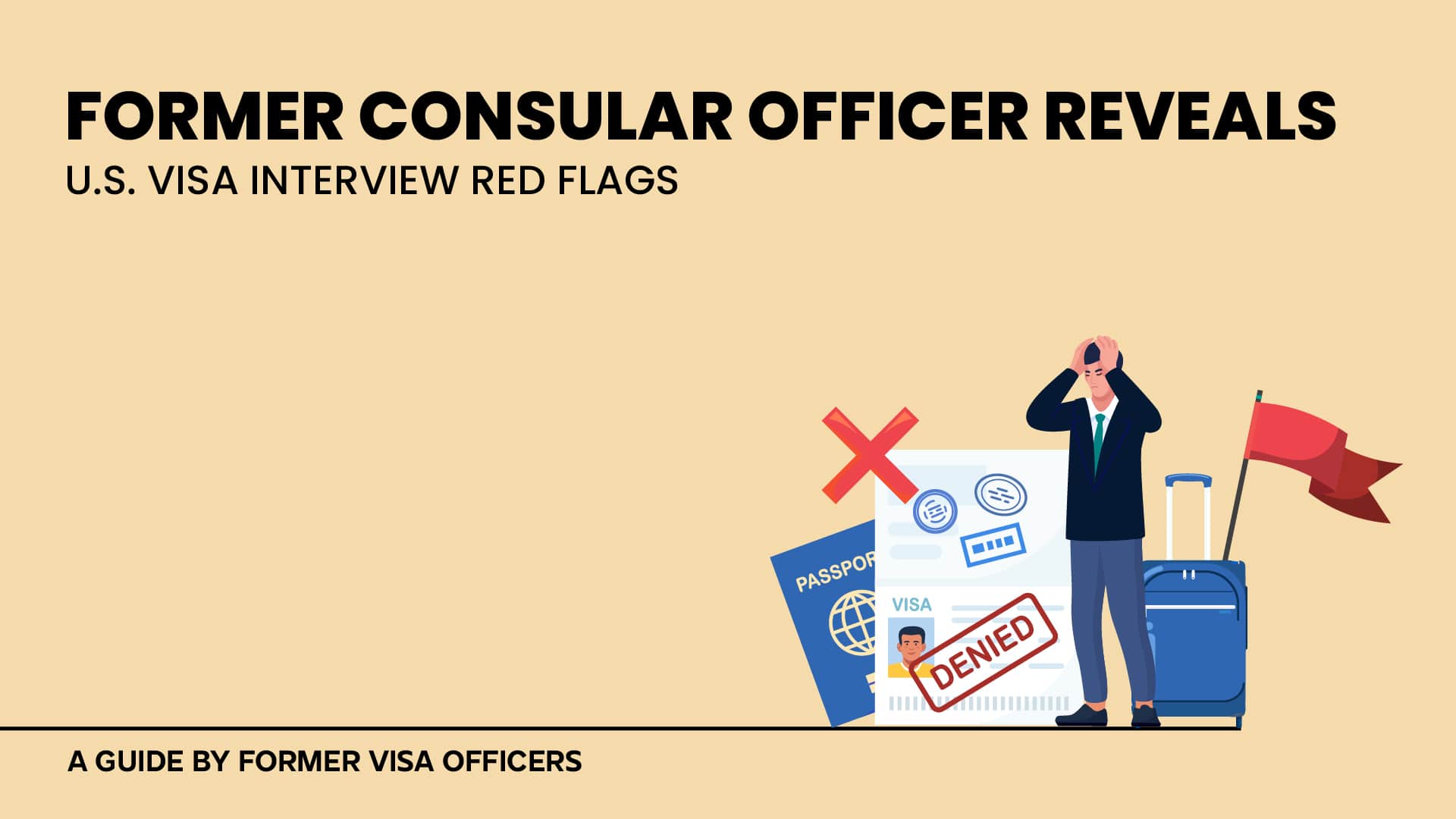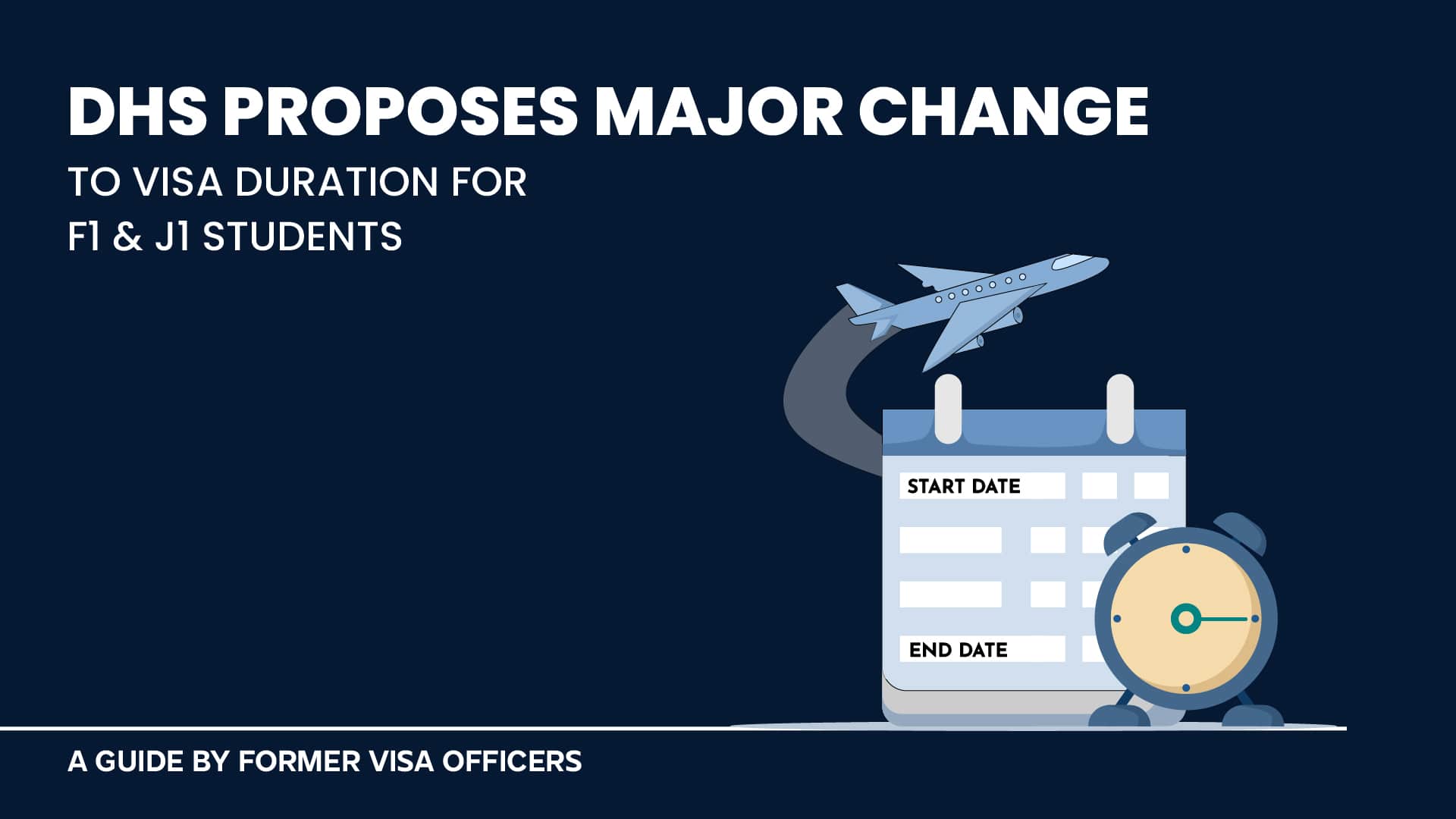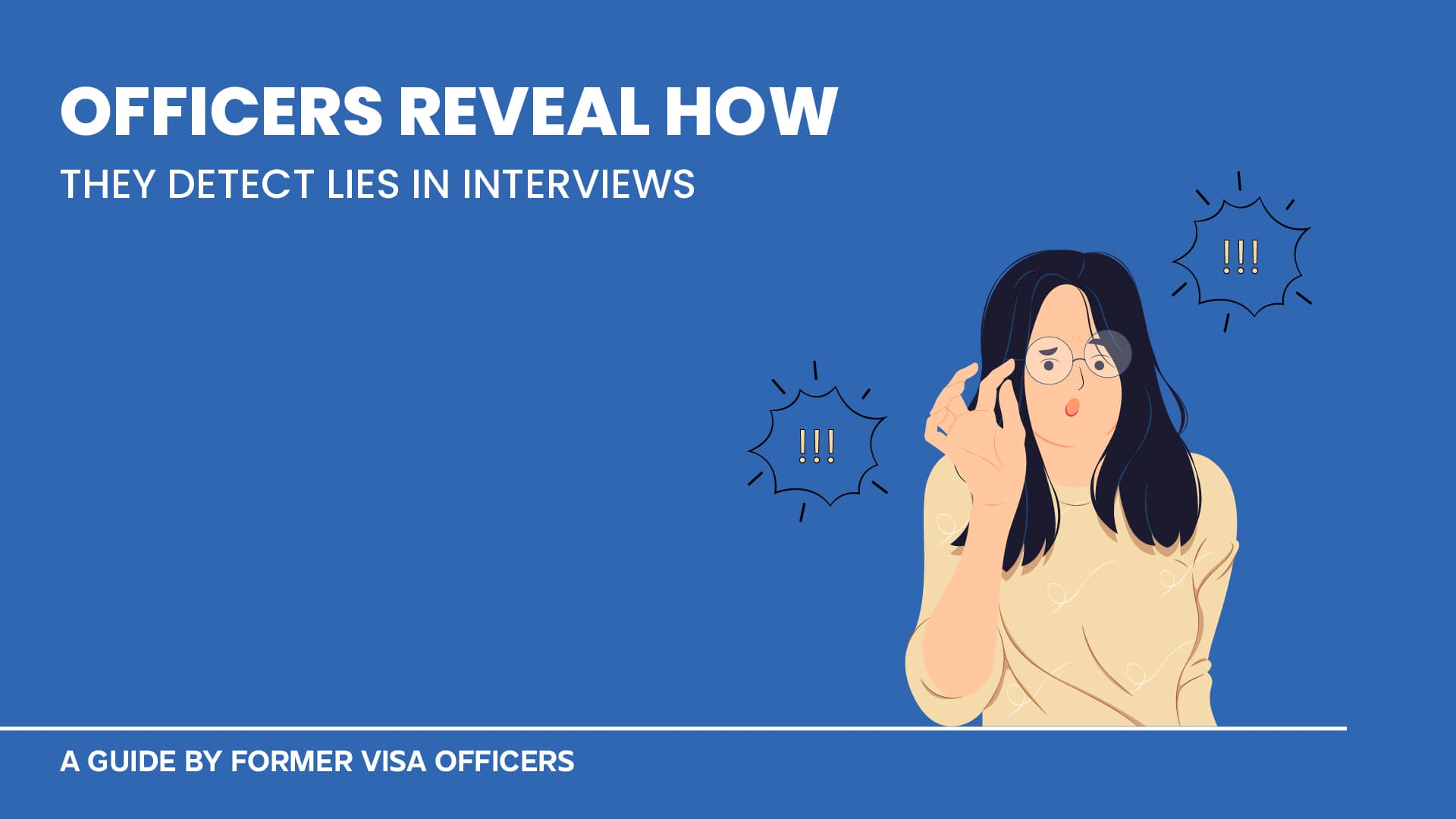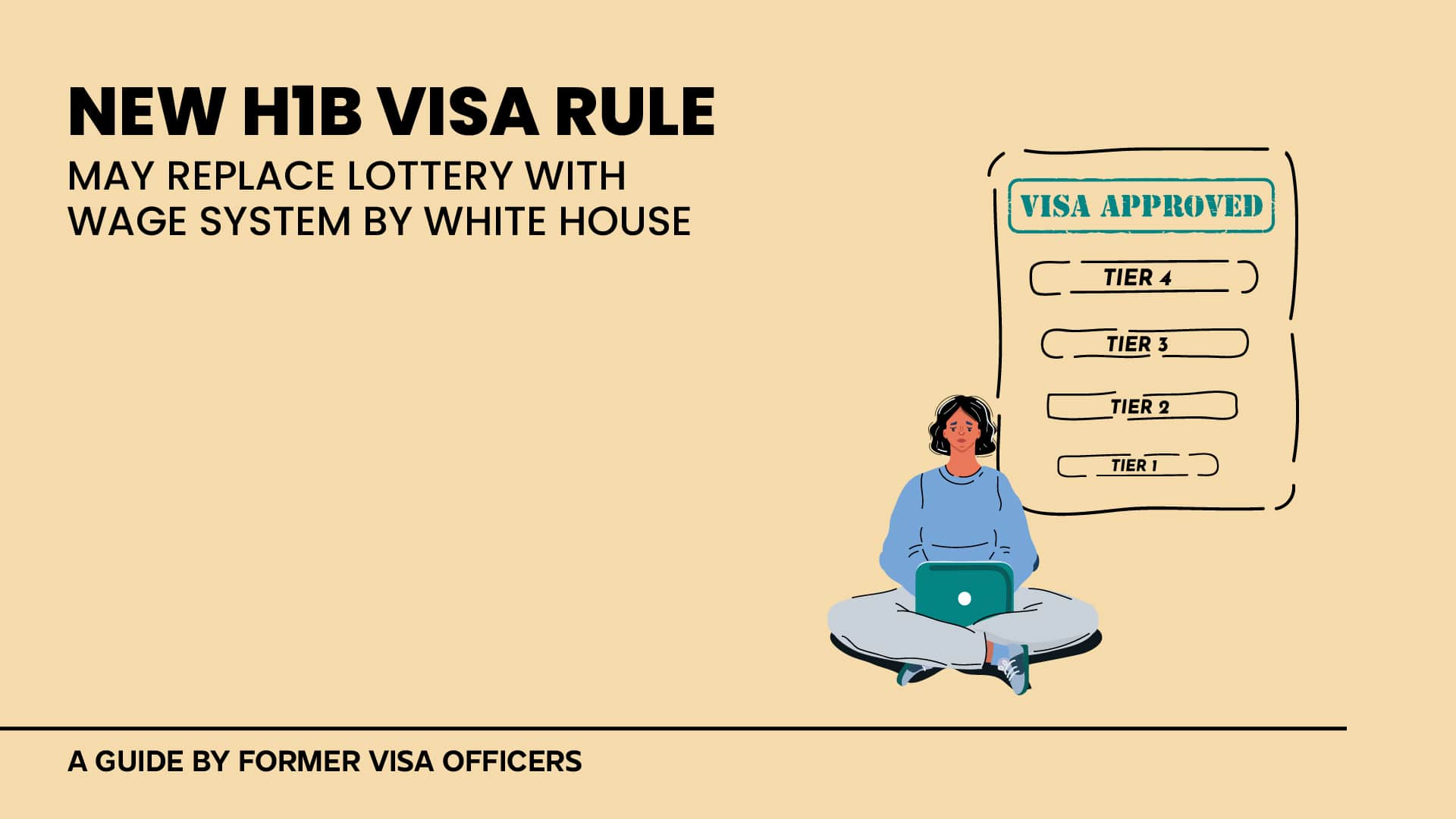A U.S. visa interview lasts only a few minutes. During that time the officer evaluates your credibility, eligibility, and risk. Small mistakes in answers, behavior, or documents can create red flags. These signals make the interview more difficult. They can also lead to delays or refusal.
Why Red Flags Matter
A red flag is not always a refusal. It is a signal to the officer to ask more questions. Officers are trained to identify patterns in body language, answers, and documents. A red flag can point to three concerns:
- Credibility: Do your answers remain consistent and believable?
- Eligibility: Do you meet the requirements of the visa category?
- Risk: Do you present a higher chance of overstaying or working without authorization.
Red Flag 1: Body Language and Demeanor
Officers expect some nervousness. Excessive nervousness or overconfidence can create suspicion. Common issues include avoiding questions, changing tone suddenly, or forcing a smile without answering directly. Aggressive behavior such as speaking over the officer or leaning in too much can also create problems.
How to avoid this
Maintain open posture. Keep steady but natural eye contact. Listen carefully before answering. Show that you are engaged and truthful.
Red Flag 2: Inconsistent Answers
Inconsistencies signal a lack of preparation or honesty. Examples include giving different start dates for a program or conflicting statements about housing. Officers often repeat questions in different ways to check for consistency. Shifting answers raise doubts.
How to avoid this
Review your application, your travel plans, and your funding before the interview. If details change after submission, explain clearly and directly.
Red Flag 3: Document Issues
Documents that do not match your story weaken credibility. Examples include bank statements showing less money than claimed or employment letters with outdated information. Bringing an excessive number of papers is also a red flag. Officers focus on your verbal answers.
How to avoid this
Carry only relevant and current documents. Keep them organized. Provide them only when requested. Hand them over quickly and confidently.
How to Avoid Red Flags
Preparation reduces most risks. Follow these steps:
- Know your story. Be clear about your travel purpose, timeline, and funding.
- Practice speaking answers out loud. Interviews move quickly.
- Bring minimal but updated documents.
- Stay calm under pressure. Take a breath before responding to a difficult question.
What You Should Remember
Officers are not searching for mistakes. They are searching for clarity. Avoiding red flags makes the officer’s decision easier. Careful preparation creates confidence.
If you need tailored guidance, I provide one-on-one visa consultations and mock interviews. During these sessions we review your answers, your documents, and your presentation.
Step up to the window prepared. Step away, approved.
Need to speak to a former U.S. consular officer?





